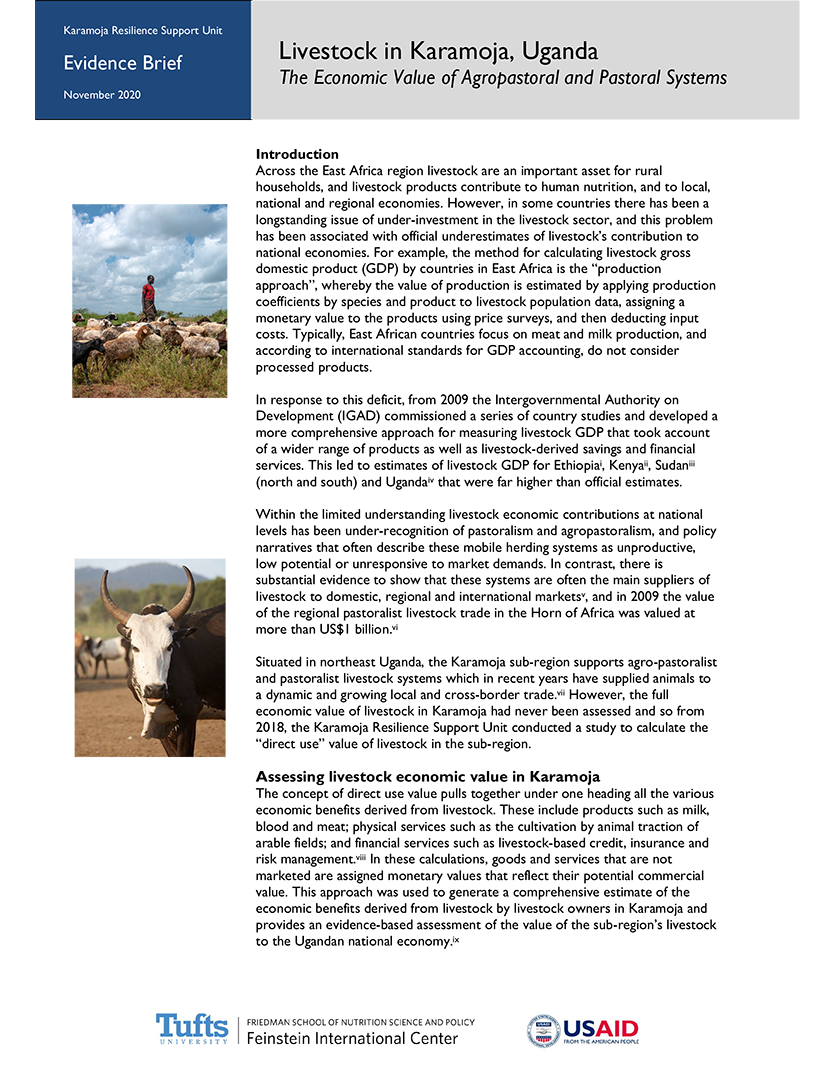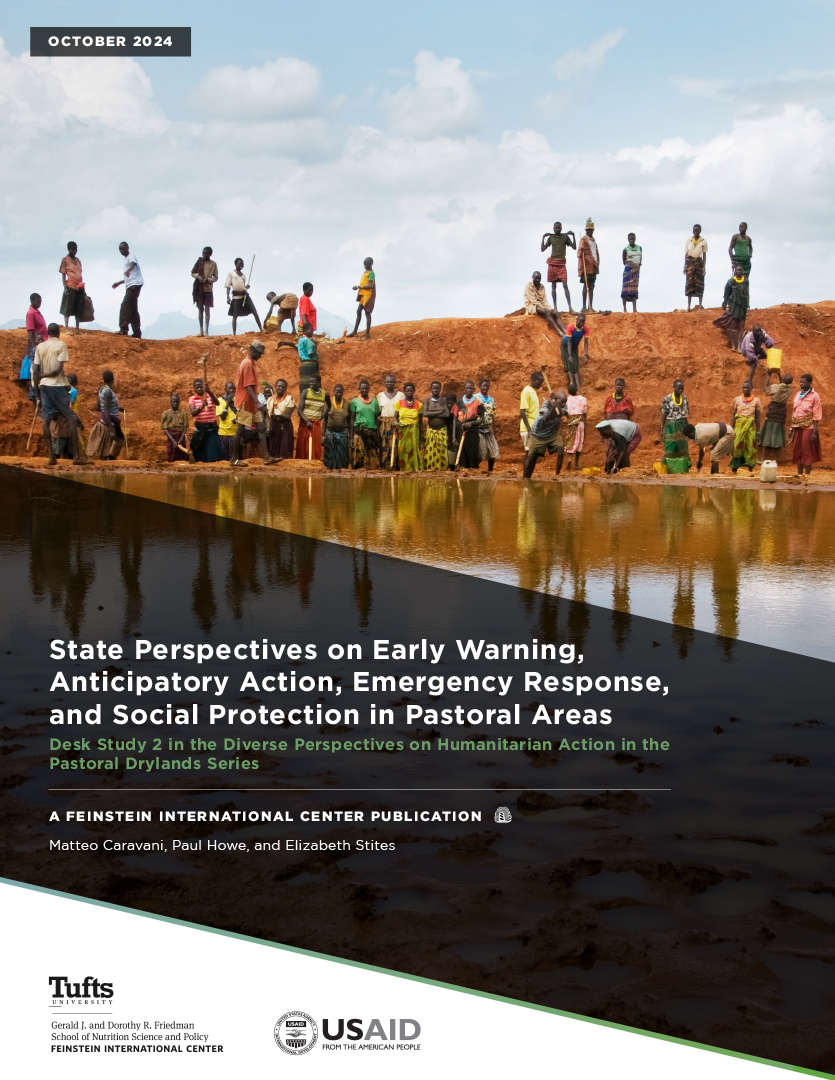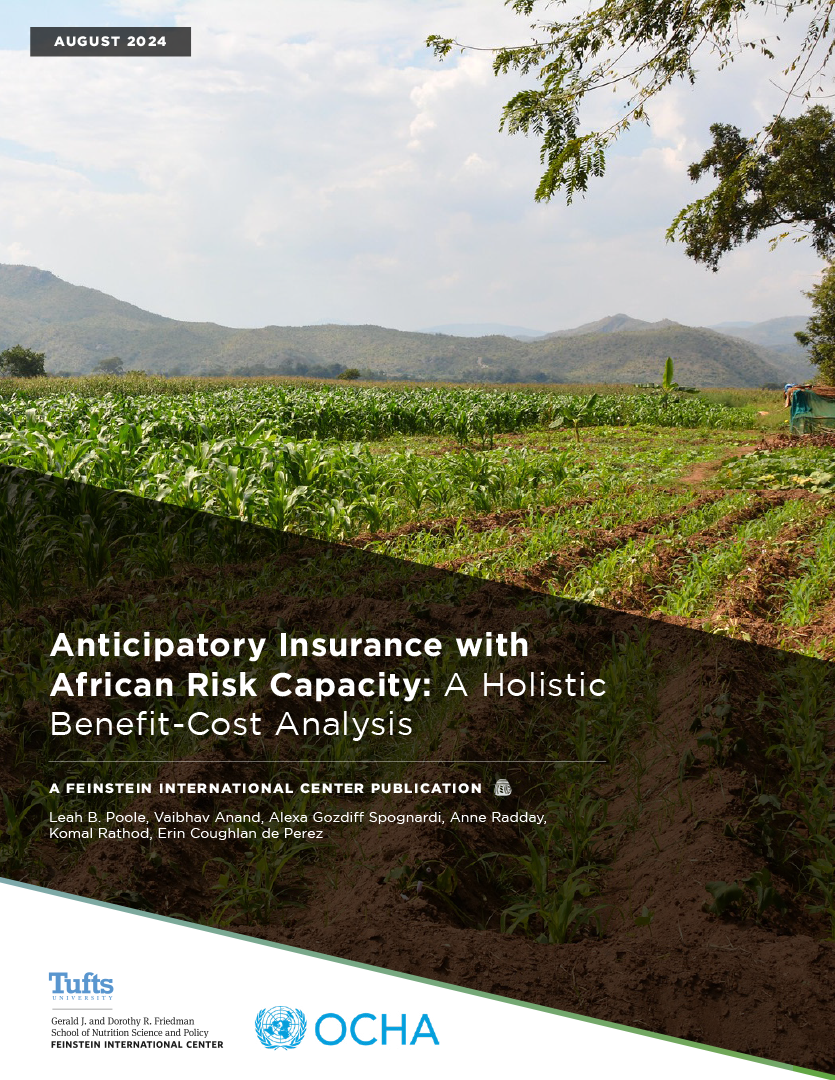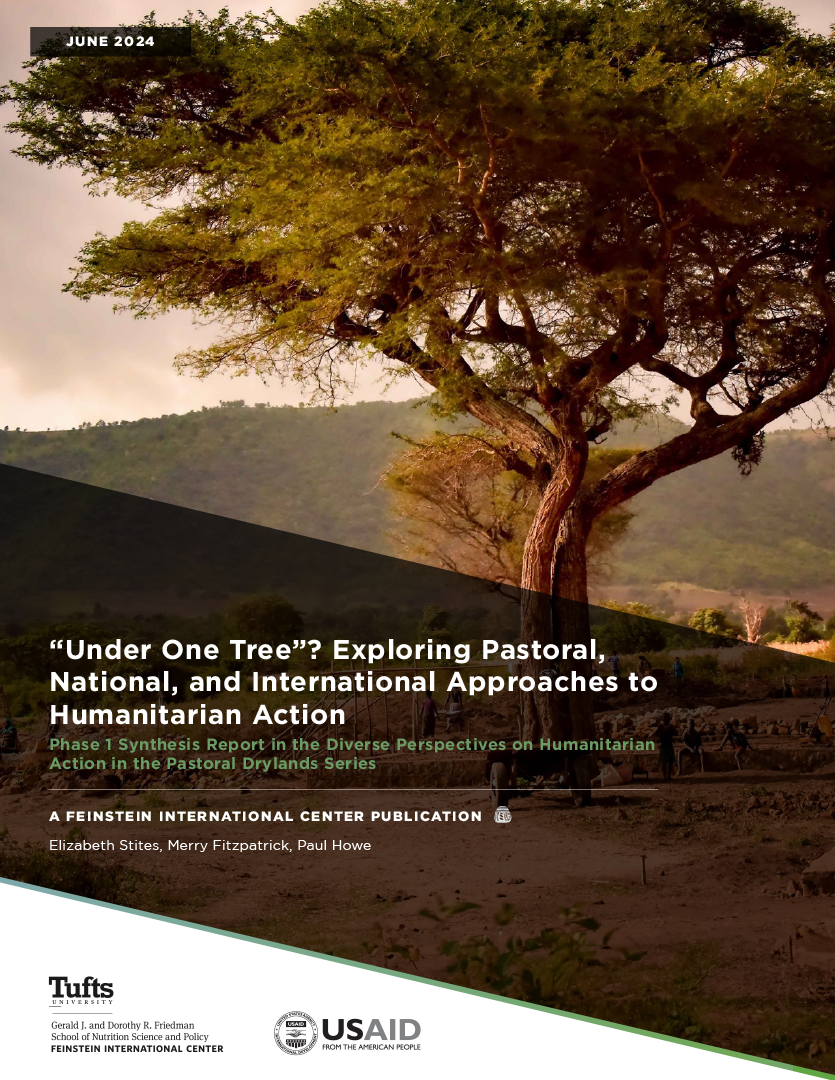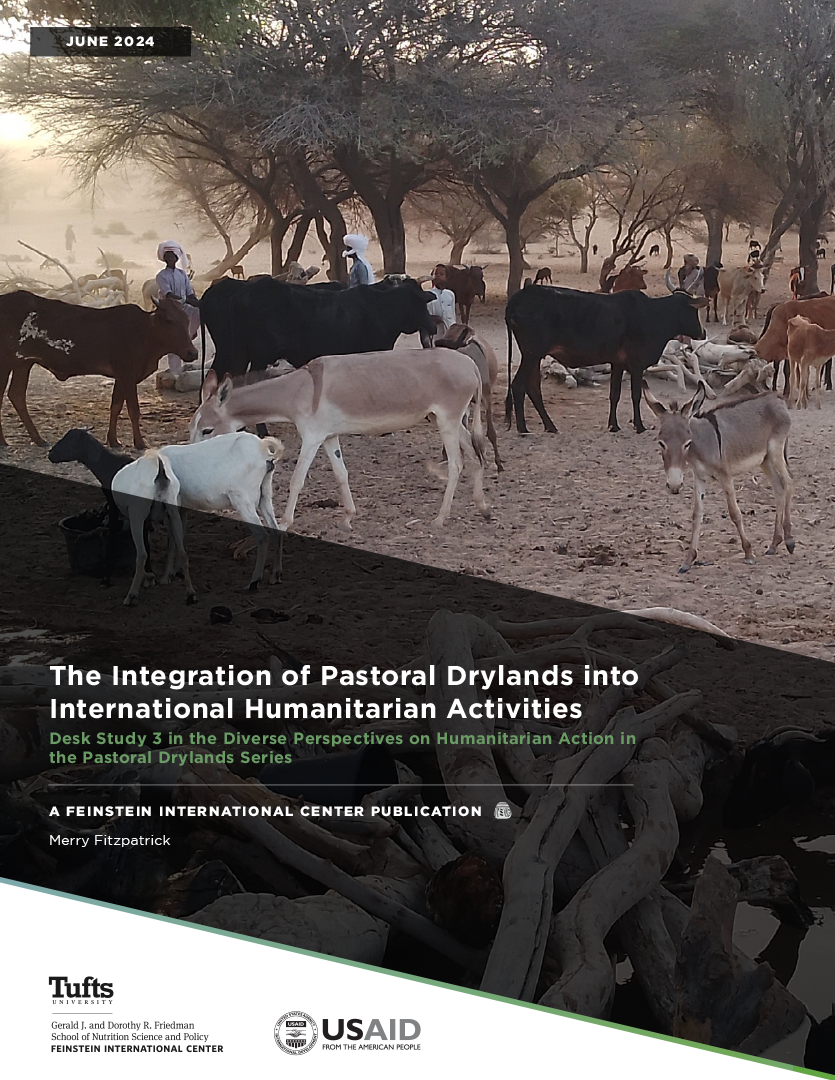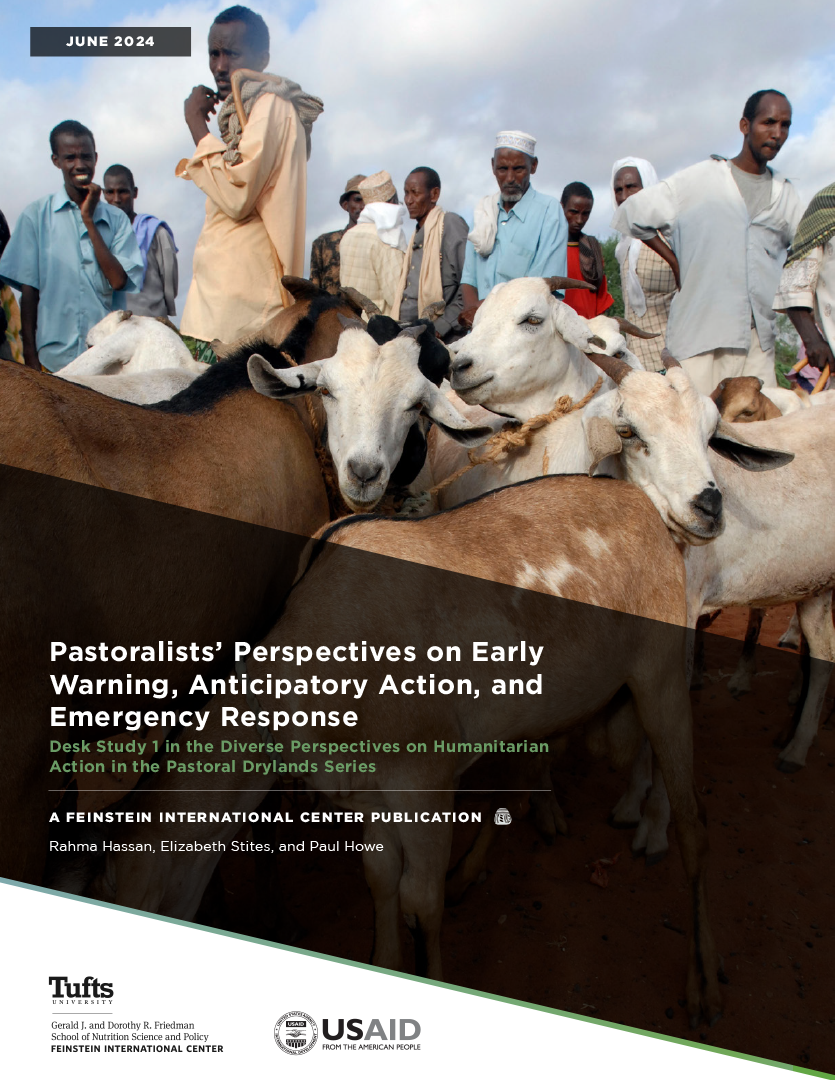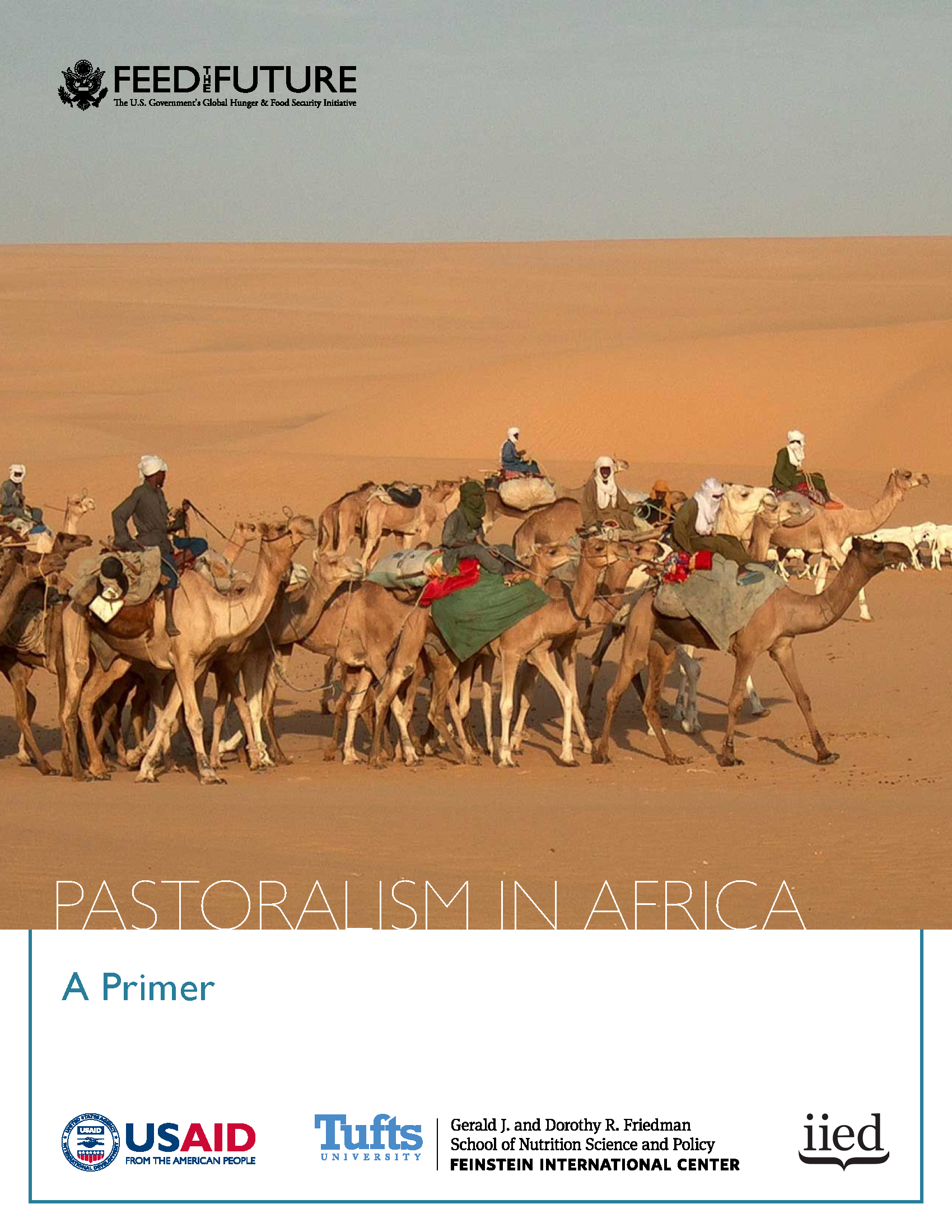Across the East Africa region livestock are an important asset for rural households, and livestock products contribute to human nutrition, and to local, national and regional economies. However, in some countries there has been a longstanding issue of under-investment in the livestock sector.
This problem has been associated with official underestimates of livestock’s contribution to national economies, under-recognition of pastoralism and agropastoralism, and policy narratives that often describe these mobile herding systems as unproductive, low potential or unresponsive to market demands.
In contrast, there is substantial evidence to show that these systems are often the main suppliers of livestock to domestic, regional and international markets, and in 2009 the value of the regional pastoralist livestock trade in the Horn of Africa was valued at more than US$1 billion.
Situated in northeast Uganda, the Karamoja sub-region supports agro-pastoralist and pastoralist livestock systems which in recent years have supplied animals to a dynamic and growing local and cross-border trade.
However, the full economic value of livestock in Karamoja had never been assessed, and so from 2018, the Karamoja Resilience Support Unit conducted a study to calculate the “direct use” value of livestock in the sub-region.

